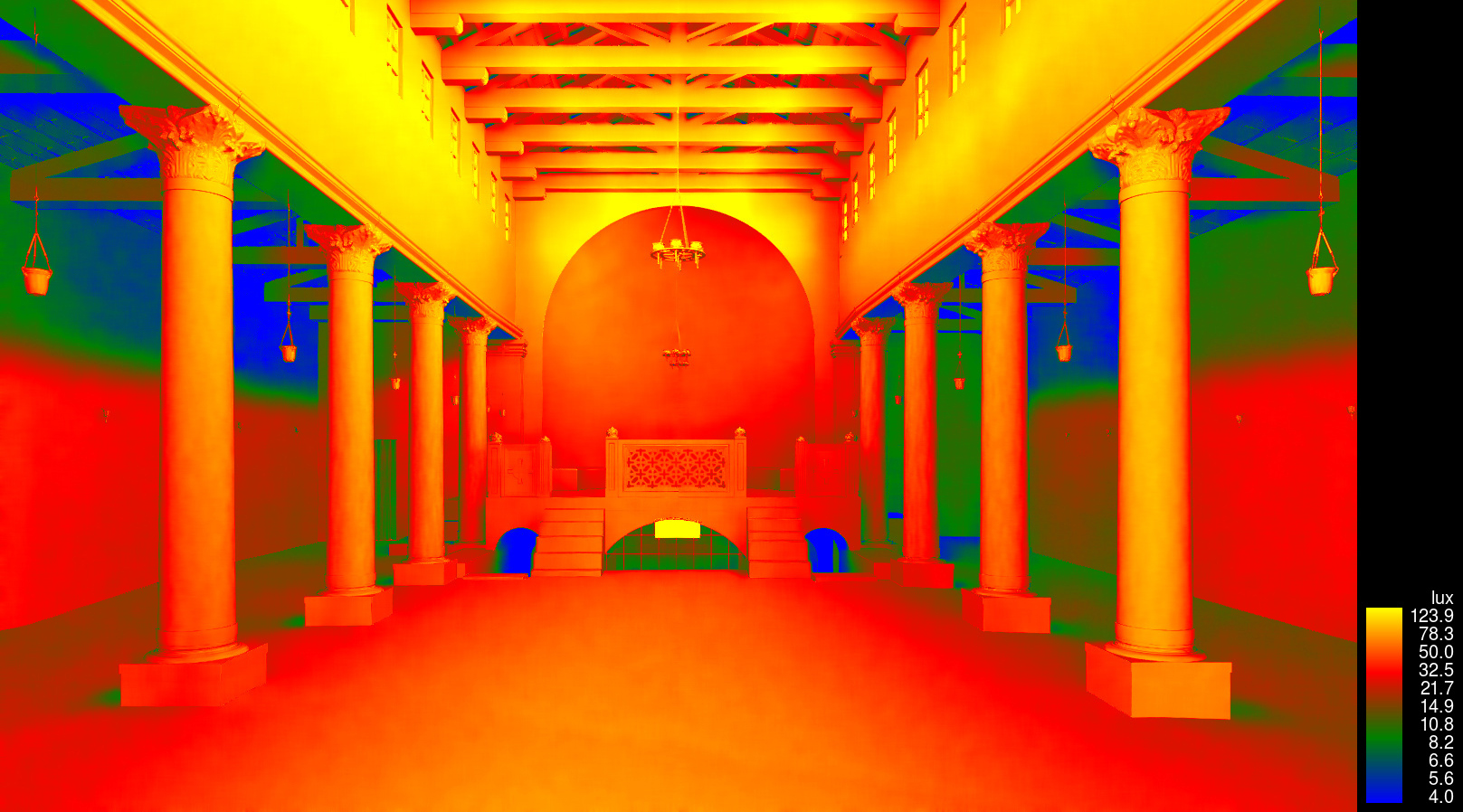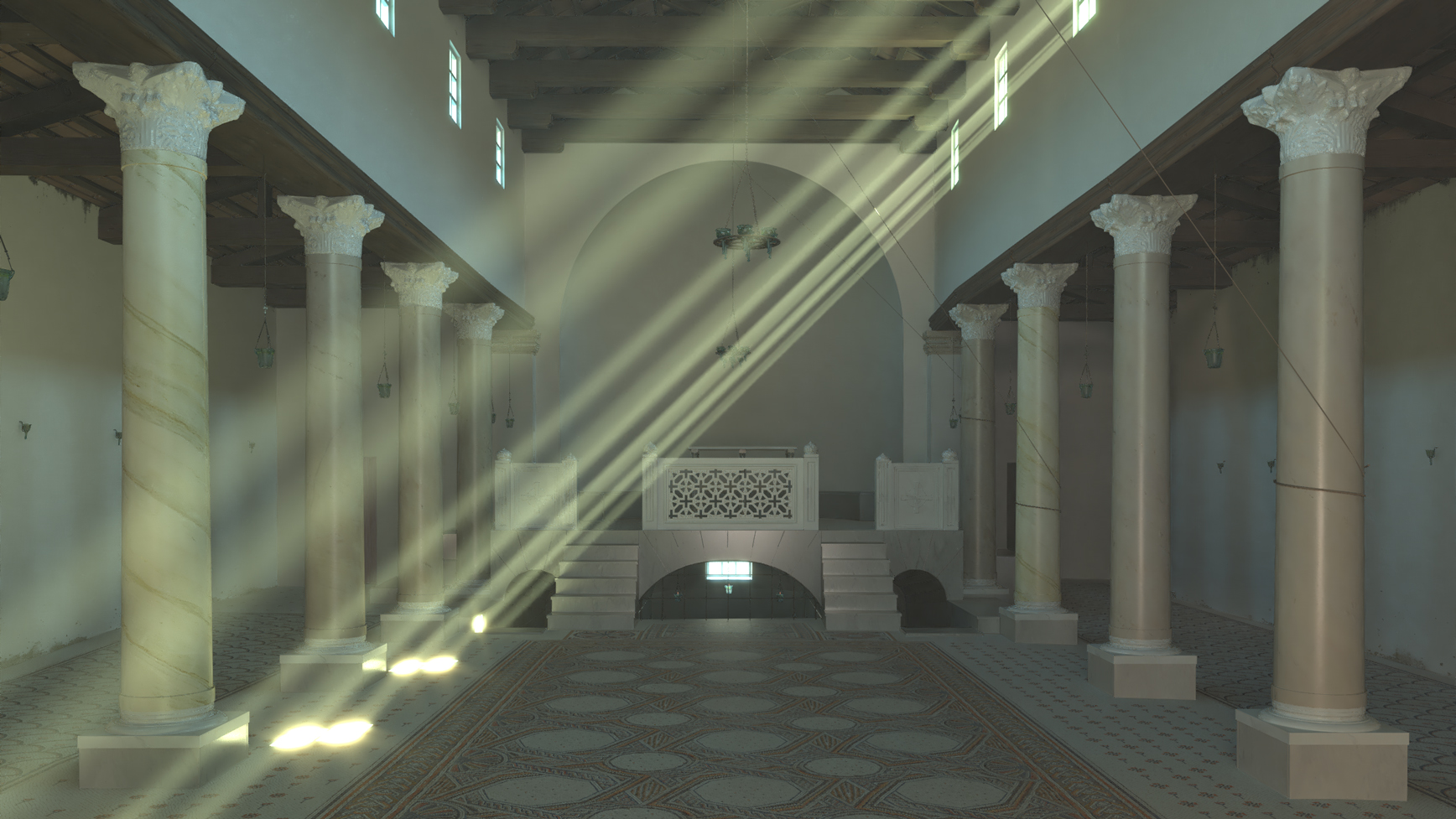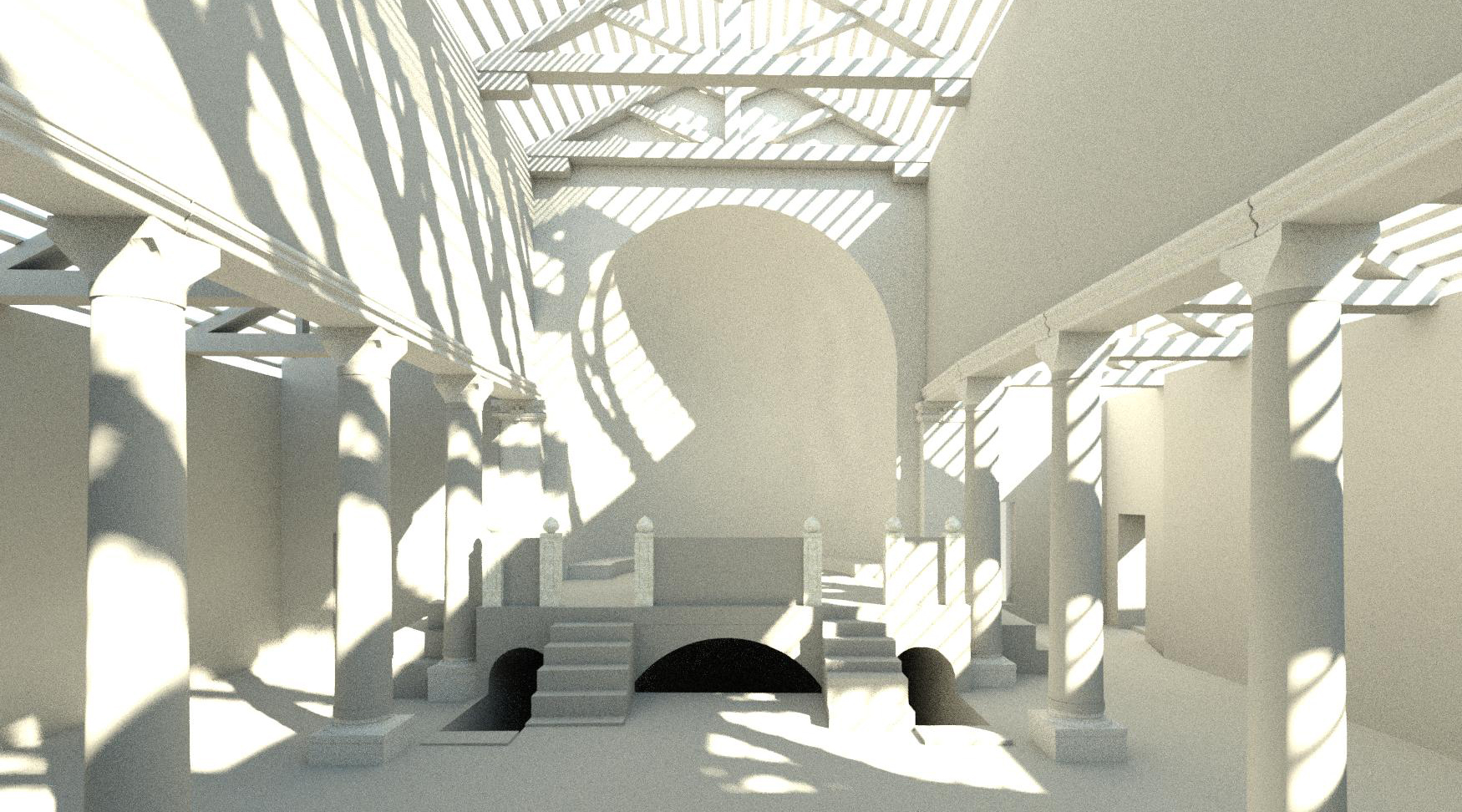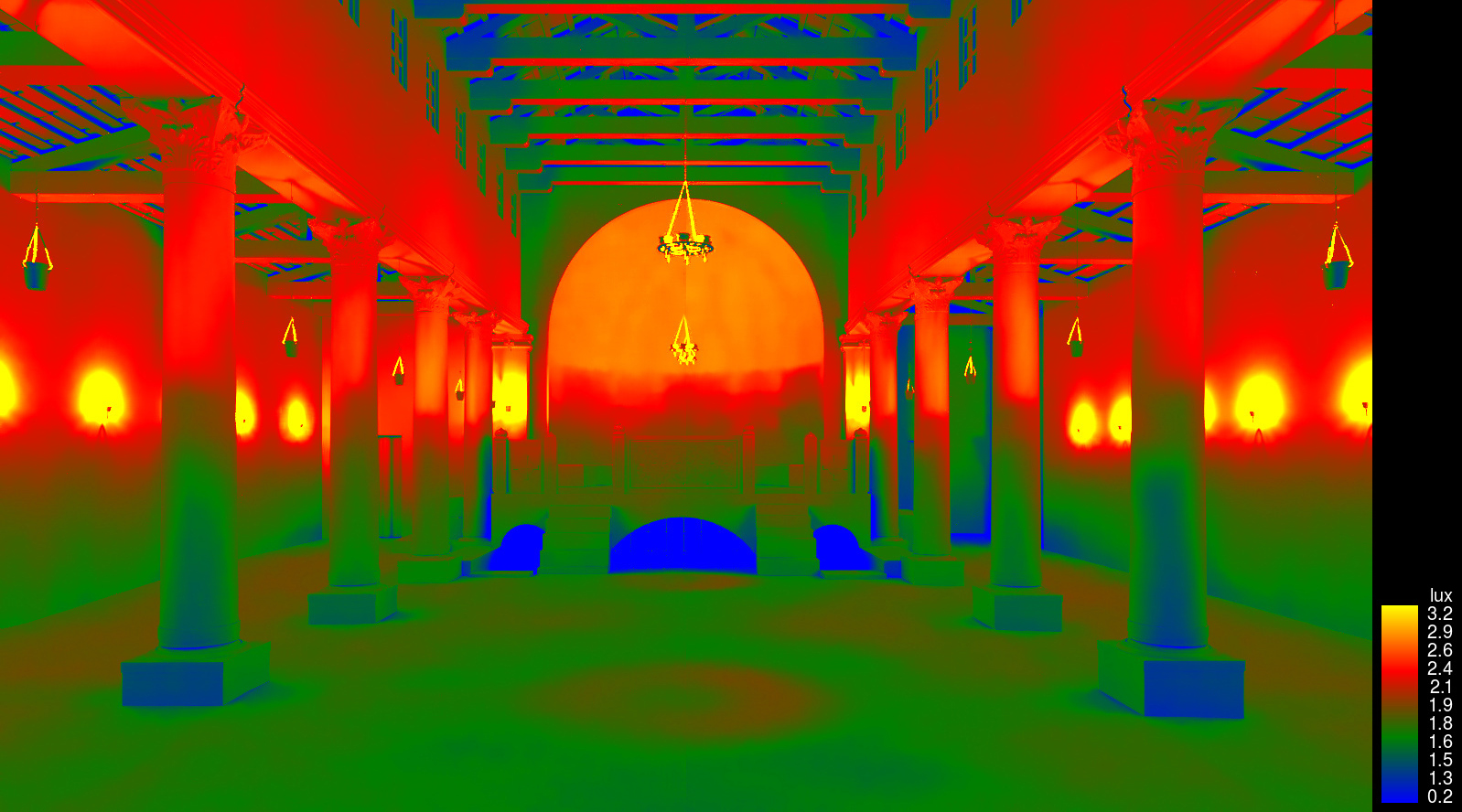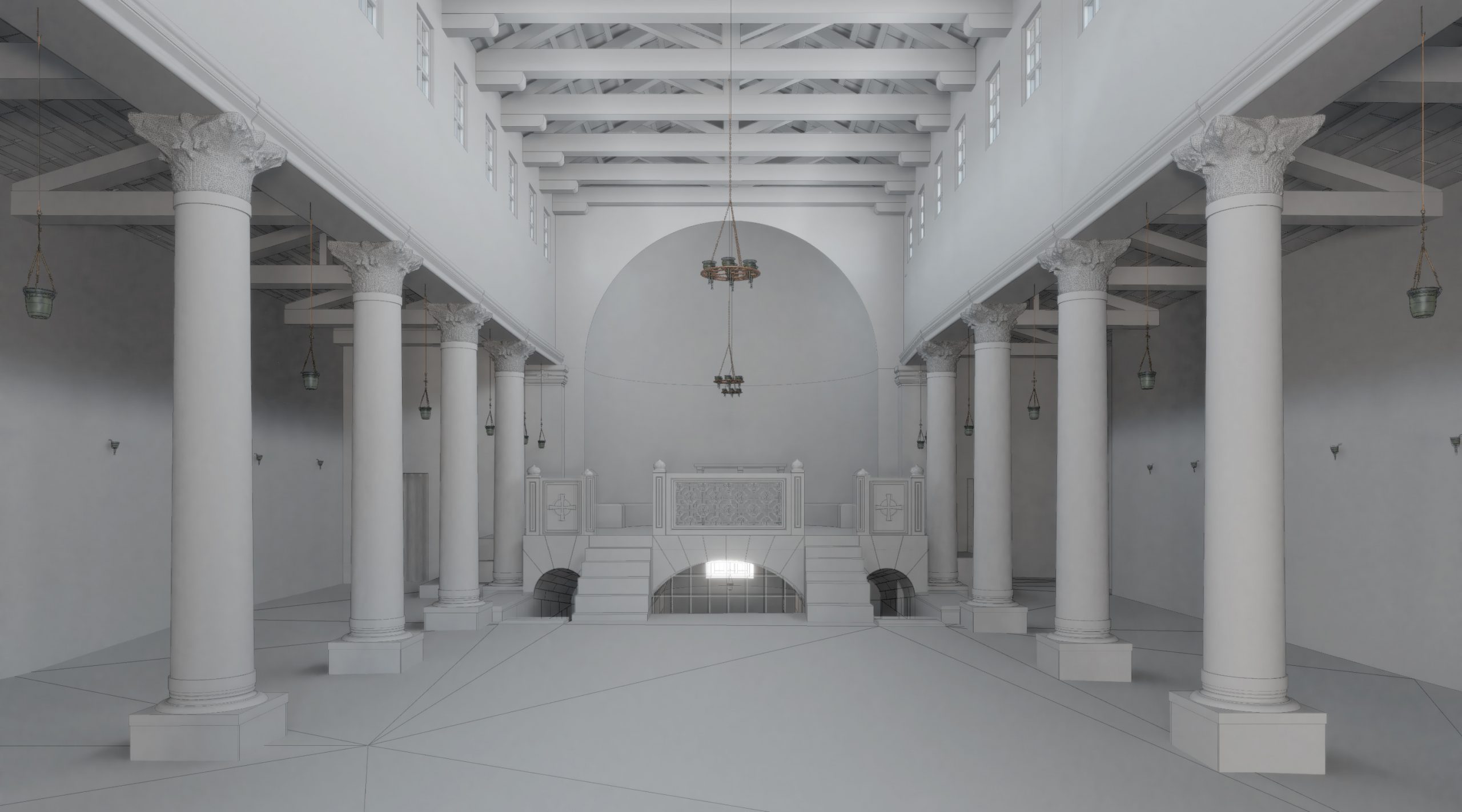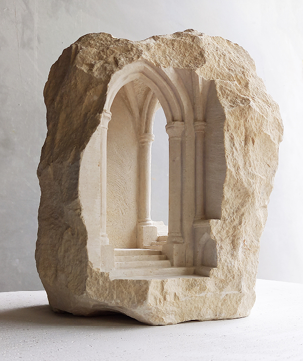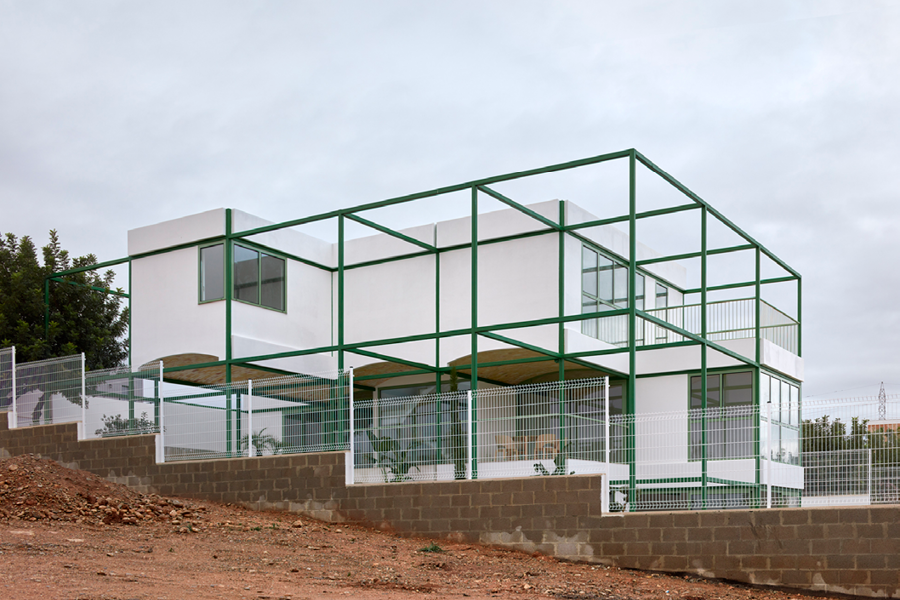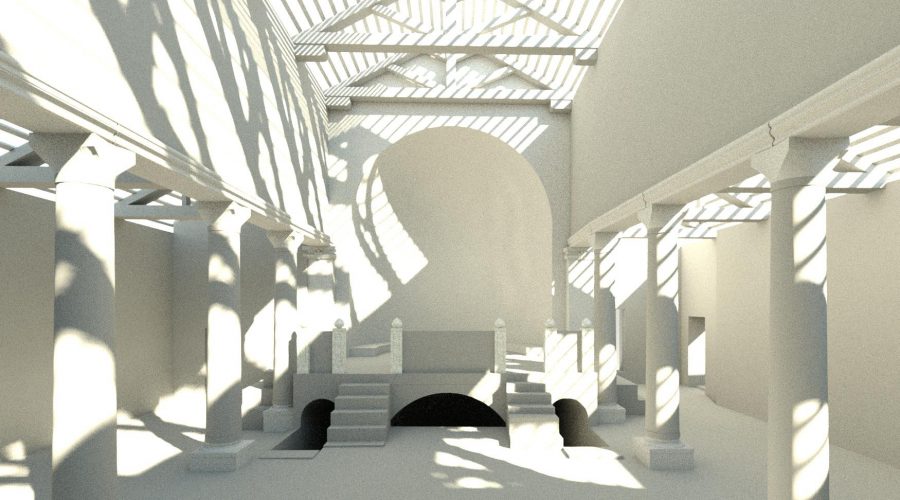
Immersive Archaeology
Architect and Ph.D student in archaeology at Tel Aviv and Osnabruck University, Roy Albag has been involved in the representation and reconstruction of archaeological sites for more than 10 years, using 3D immersive videos in the process. In July 2021, in collaboration with the Israel Antiquities Authority, he is behind an application designed to offer a 3D tour of a Byzantine church whose ruins were recently discovered near Jerusalem. Interview.
Léa Balmy
In 2017, in the west of Jerusalem, the Church of the Glorius Martyrs is discovered by the Israel Antiquities Authority. How did you come to develop an application related to this archaeological site?
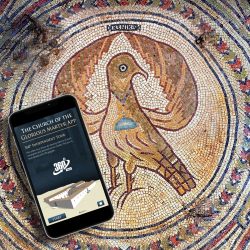 In 2021, the institution gives me in mission to conduct 3D research of the church and its reconstruction through a video. Finally, they propose to upgraded the video to the app to promote the site itself and the way archaeological sites are presented to the public [the application offers three game modes: a free tour of the site, a 360° guided tour, or a ‘challenge’ tour to test your knowledge, editor’s note].
In 2021, the institution gives me in mission to conduct 3D research of the church and its reconstruction through a video. Finally, they propose to upgraded the video to the app to promote the site itself and the way archaeological sites are presented to the public [the application offers three game modes: a free tour of the site, a 360° guided tour, or a ‘challenge’ tour to test your knowledge, editor’s note].
As an architect and archaeologist, I try to understand the buildings through the eyes of the ancient architect or builder. In my opinion, the details in the model are essential. All the artifacts on the site have been accurately restored and help understand the site better. Most archaeological sites remain naked findings while the artifacts are in warehouses or at best in the museum disconnected from their context. In the 3D model, the two can be connected to one model as it was in the past.
What was your approach?
All excavations involve surveyors, and I always start with what they give me: manual drawings, Cad drawings, laser scans, or photogrammetric models. Sometimes, when I lack data, I physically measure in the field and produce photogrammetric models and artifacts that are sometimes integrated into models that I photograph, measure and reconstruct if necessary. So, I begin by collecting all these different materials that I start studying and go to the reconstruction in a technical form. As soon as I have the reconstruction at the basic level, I return to the researcher and create a dialogue about how to reconstruct. The dialogue with the person who dug the site is very important to the process and insights that arise from the 3D research process. In complex projects, I gather additional researchers to help me achieve the best and most accurate results. It is always important to me that the learning and accuracy of the reconstruction that will be done as much as possible are true to the original. During the reconstruction, I am doing several analyses, such as illuminance, to better understand the openings for natural light and the location of artificial lighting installation. In the latter stages, I combine textures taken on the site and built such as plaster, marble, and mosaic floors. I usually work with Autodesk Revit for reconstructive and research analyses, and I’m moving to Autodesk 3ds Max for animations.
What are you working on right now?
Currently, I am producing reconstructions for the permanent exhibition of the Tower of David Museum of the Citadel complex throughout all the periods, the reconstruction of the Church of the Holy Sepulchre during the Byzantine period, and in the Crusader period. In recent projects, as my thesis about the 3D reconstruction of the temple in Tel Moza, I also combine animations and sounds that are research-based; they enrich the experience and understanding of the site. Most of them are displayed on sites and museums embedded in virtual reality goggles. The new technologies allow us to explore the past more accurately.
Slideshow below: the different steps in the reconstruction of the Church of the Glorious Martyrs.
Discover more about Roy Albag projects, visit royalbagarch.com To purchase AA 445 issue dedicated to “Renewal”, visit our online shop.

